Hey there, crypto enthusiasts!
Today, let's embark on an exciting journey into the heart of blockchain innovation as we explore the unique architecture of Polkadot. Buckle up; it's going to be a fascinating ride!
So, what sets Polkadot apart? Well, it's not your typical blockchain. It's more like a blockchain ecosystem, complete with not one but two production systems: Polkadot and Kusama. Each of these systems has its mainnet, known as the Relay Chain. But here's where it gets really interesting – each system also hosts a set of purpose-specific chains called parachains.
And these parachains? Think of them as mini-blockchains within the Polkadot universe. Each has its unique purpose, team, token, and special features. It's like a blockchain playground, where different dApps can have their own chains, offering flexibility and innovation. Yet, they're all interconnected, thanks to the power of the Relay Chain.
But hold on, there's more. Each of these parachains can have different functionalities, thanks to Substrate pallets. Imagine building a blockchain as if you're playing with LEGO blocks. Need a staking mechanism? There's a block for that. Want to donate transaction fees to charity? Build your own pallet for it. And yes, you can even create EVM and WASM-based smart contracts.
Now, let's talk about what this means for everyday crypto users like you and me. It's a mixed bag of pros and cons. On the one hand, the Polkadot ecosystem makes it a breeze to interact with various chains without relying on complex bridges. Asset teleportation is built-in, making DeFi, NFTs, and more accessible.
On the flip side, navigating this ecosystem can be daunting, especially if you're not a tech whiz. But fear not, the Polkadot is evolving, and user-friendliness might just be around the corner.
Another intriguing question emerges – how do we compare Polkadot to other blockchains like Ethereum or Solana? Should we consider only the Polkadot Relay Chain, include the Relay Chain + parachains, or go even further and incorporate both Polkadot and Kusama along with their respective parachains? Depending on the scope, metrics like network activity (TPS), available liquidity, TVL, and other crucial network metrics could vary significantly. For instance, if we focus solely on the Polkadot Relay Chain, we observe a modest 0.5 transactions per second (source: chainspect.app). Yet, when we add all 45 Polkadot parachains, the figure climbs closer to 34 TPS. However, when we consider both Polkadot and Kusama along with their 85 parachains, the number soars to a whopping 48 TPS. Quite a difference, isn't it?
Now, wrapping it up, what should we do with these different chains and subchains in Polkadot? I believe that we, as members of one of the biggest crypto communities in the world, should define the framework of how Polkadot, as a blockchain ecosystem, should be viewed and compared to other blockchains.
Your opinion matters; share your thoughts on which chains should be considered a part of Polkadot.
[link] [comments]

You can get bonuses upto $100 FREE BONUS when you:
💰 Install these recommended apps:
💲 SocialGood - 100% Crypto Back on Everyday Shopping
💲 xPortal - The DeFi For The Next Billion
💲 CryptoTab Browser - Lightweight, fast, and ready to mine!
💰 Register on these recommended exchanges:
🟡 Binance🟡 Bitfinex🟡 Bitmart🟡 Bittrex🟡 Bitget
🟡 CoinEx🟡 Crypto.com🟡 Gate.io🟡 Huobi🟡 Kucoin.


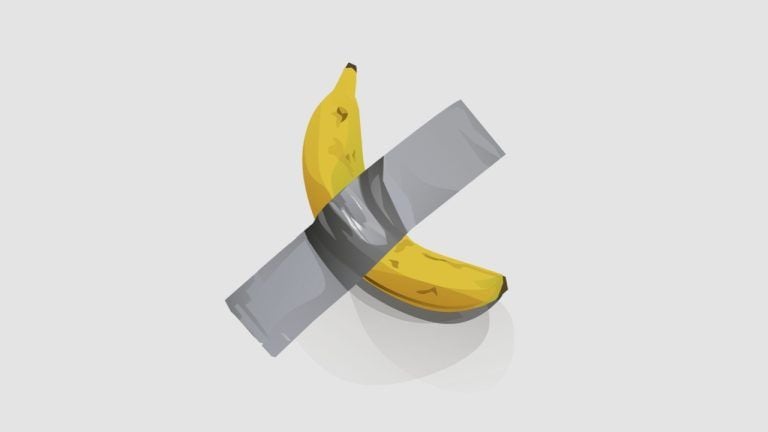

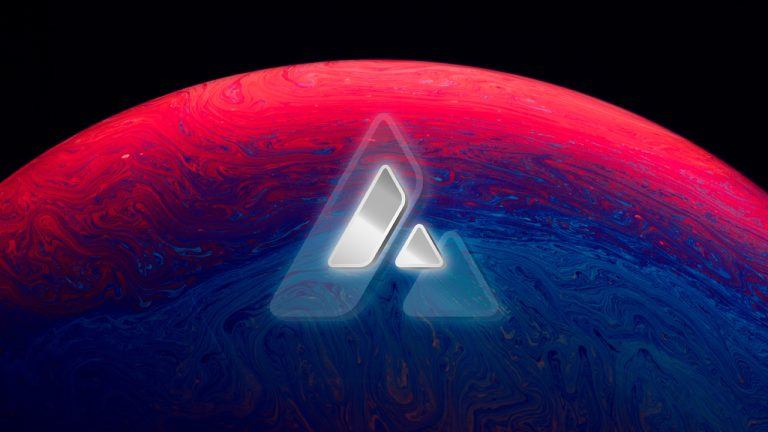


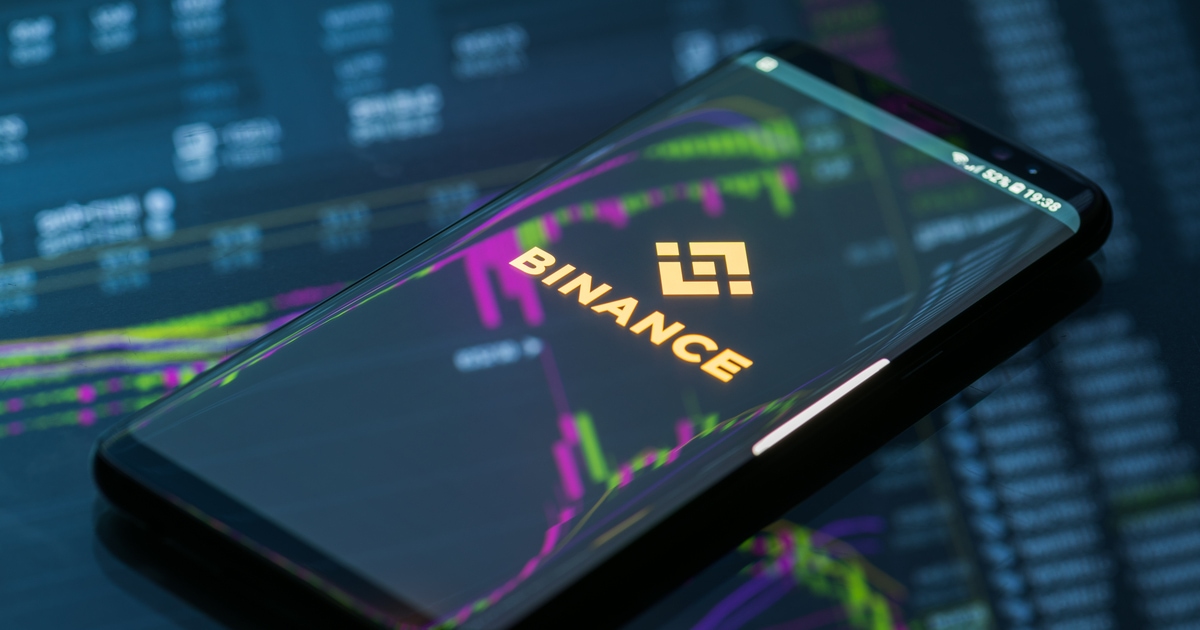





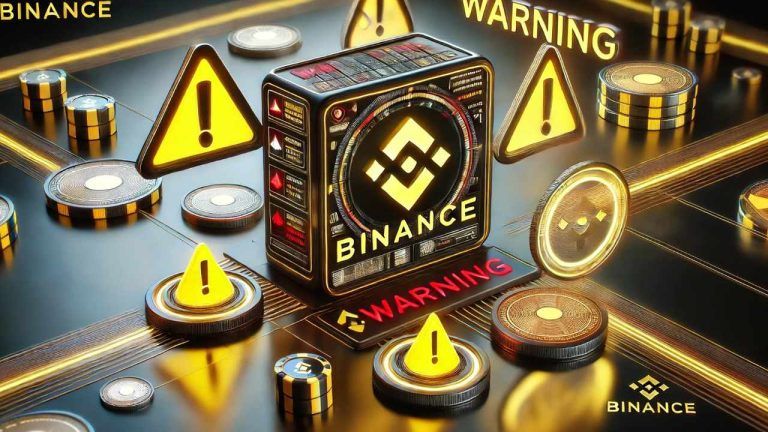

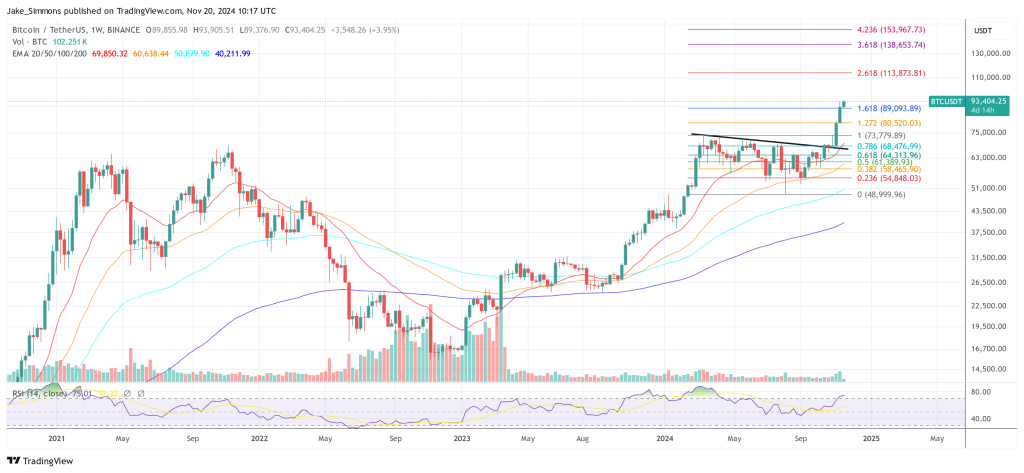


Comments